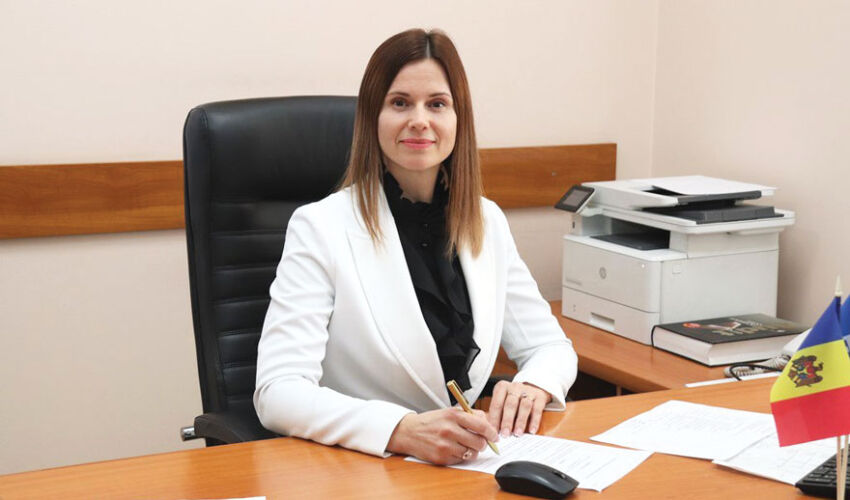
Tatiana Shevchuk
The facts presented in the document reflect the consistently implemented tasks of the overall development strategy of the public body, for which the commitment to the principles of transparency, efficiency and good governance has long been the leitmotif of all activities. The departmental report is no exception in this respect. The auditors are just as careful in counting their money.
In 2024, the Court of Accounts had a budget of 68.64 million lei, of which 68.63 million lei were executed. Personnel expenses amounted to more than 83% of the total amount,
The amount earmarked for goods and services amounted to LE 7.33 million, while LE 3.9 million was allocated to intangible assets and fixed assets. “The budget was managed in accordance with legal norms ensuring efficiency, transparency and strict accounting in the use of public funds,” the annual report said.
The main area of budget funds is human resources. Here the agency’s policy is traditionally focused on merit, transparency and professionalism. In 2024, the agency recorded a job utilization rate of more than 81%, and the turnover rate decreased compared to the previous year. The staff of the institution is predominantly female, with an age range of 30 to 40 years.
Professional and career development programs within the institution work continuously. Based on the results of selection contests for vacant positions, employees are promoted, internships for young specialists attract new auditors to the staff. Continuous professional training is aimed at developing skills such as public audit, financial legislation, human resources, public procurement and institutional communication. During the year, 139 internal and external training sessions were organized.
The challenge of the past and current year for the Court of Auditors is, of course, the digitalization of internal processes, the expansion of the IT infrastructure and the development of an audit automation application. The internal IT system was developed on the SharePoint platform with dedicated pages for each division. SIA’s CCRM Audit system was also consolidated and access to audited organizations was simplified with digital accounts and a dedicated interface. In 2024, 98 new accounts were created for a total of 132 active accounts.
Tatiana SHEVCHUK, Chairperson of the Accounts Chamber of RM:
– Today, communication and citizen participation can no longer be considered as secondary aspects of governance, but become the most important pillars of modern, transparent and responsible governance. In this context, the Supreme Audit Institution is called not only to audit, but also to communicate effectively in order to make the results of its work visible and understandable. Communication is the bridge to trust and responsibility, and we intend to take it to a new level!
External public audit does not achieve its purpose if it remains captive to a technical language that is inaccessible to the citizen. An audit report finds its true value only when it becomes part of a public dialog, when it generates debate, understanding and action.
Recognizing this need, we have come out with a number of specific initiatives. They are reflected in the Institutional Communication Strategy, an internal document that shows the efforts we are making to be heard and understood. The main message is active cooperation with civil society and the media.
Draft audit reports are reviewed at public meetings, which any citizen can read online. The reports are published in an accessible format on the institution’s website, and decisions are transmitted to the Parliament, the Government, the President’s Office and other key state institutions. In addition, the results of audit missions are accompanied by explanatory summaries to facilitate understanding by the general public.
This model can and should be expanded with digital mechanisms for consultation, citizen reporting and tracking progress. A modern institution does not just inform – it listens, learns and builds with citizens. Thus, communication with citizens is the impetus for us to turn findings into action and recommendations into reform.













